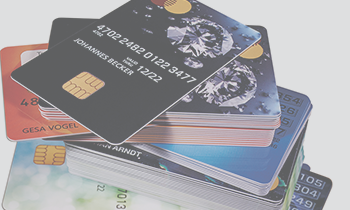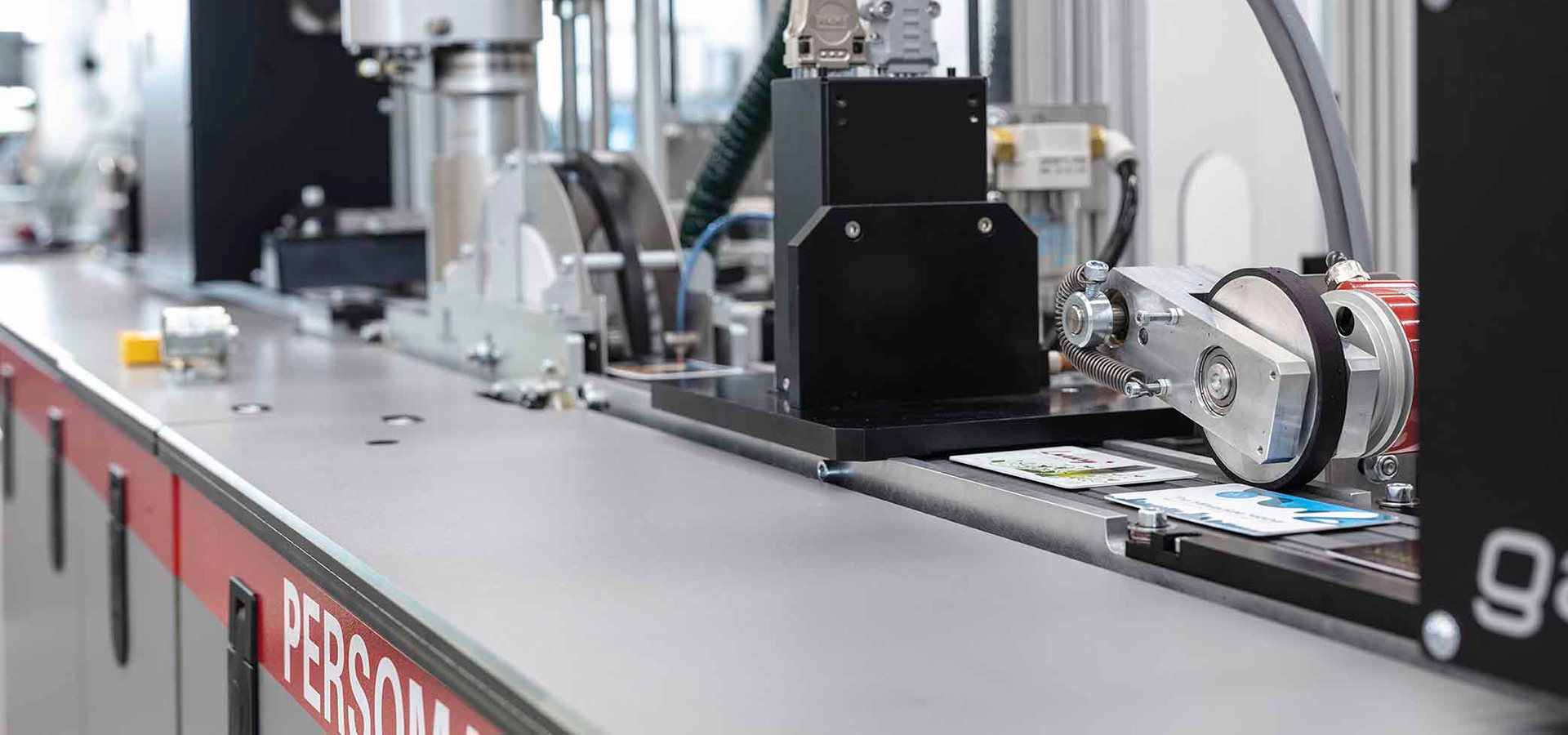A Good Hand of Cards for a Great Challenge – Late-Stage Customization and Personalization Techniques
Credit card companies learned the disruptive power of Drop-on-Demand for customer personalization some time ago. Could the consumer goods packaging sector benefit from this cross-over technology?
"Late-Stage Customization and personalization techniques are interesting concepts applicable to our challenges in the consumer goods packaging sector. We need to react much faster to new trends, reach smaller target groups more effectively and, last but not least, reduce complexity in handling our packaging." This is a common sentiment expressed by marketing, sales and supply chain professionals in the FMCG sector.
The core aim of late-stage customization and personalization techniques are to print individualized images, text, information as late as possible in the production or packaging process. Naturally the perceived quality of this personalization needs to be equivalent to the mass-produced product, using preprinted materials.
Financial service companies discovered the disruptive nature of drop-on-demand inkjet (DoD) some time ago. Innovative personalization solutions – and that is all that late-stage customization is – has been a central challenge in the printing of credit cards. Credits cards have long been personalized, however, the traditional methods employed were extremely slow, cost-intensive, and rather inflexible. DoD disrupted these methods and started something of a revolution.
The benefits of DoD technology in the cards services sector are clear. DoD technology is about three times as fast as legacy card production processes using embossing and thermal transfer techniques. Compared to thermal transfer printing (and the lamination it requires), DoD printing reduces the cost of consumables by 98 percent. At the same time, DoD printing offers around four times better abrasion resistance. Unlike impact processes, contactless DoD printing is practically wear-free so that the equipment requires little maintenance. These production advantages are amplified when considered alongside the marketing benefits.
DoD printing empowers design freedom. Each card can be individualized. White lettering on a dark background, product orientation, rapid font style and size changes, with flexible positioning of the personalized elements. Such design flexibility (known as “rainbow deck” in the financial service sector) is unprecedented. DoD printing is seen as the only technology capable of “rainbow deck” printing economically, and with compelling and vivid visual impact to boot.
There are other aspects (other than the pure flexibility) of digital printing that are relevant to personalization of products in the consumer goods sector. The compatibility of the printing process with the substrate is critical. One of the major challenges in the card printing sector is applying print to non-absorbent plastic surfaces, particularly as ink cannot form a bond with the substrate as easily as with paper or cardboard. Ink plays a key part in this.
Credit cards, identity cards, gift and membership cards are important forms of personal identity verification. As important as the print quality and flexibility offered by DoD printing, is the topic of data integrity and security. The security measures and functionality embedded within Atlantic Zeiser’s technology are directly applicable to product traceability, supply chain monitoring and product authentification needs of the consumer goods sector.
Atlantic Zeiser’s full “rainbow deck” functionality enables the system to print and inspect multiple small and completely different orders in a single production run – seamlessly and without any interruptions. Instead of a single batch of 50,000 identical products, now it is possible to produce simultaneously 50,000 individualized batches of size “one” with full verification, data security and integrity.
The performance of the prepress workflow to achieve such flexibility is important: specifically, the knowledge of how to rip variable data components inline, so that no unnecessarily large amounts of data have to be transferred through completely pre-ripped documents.
What is important to be able to implement Late-Stage Customization in packaging processes economically, reliably, safely and visually convincingly?
Click here to discover more.







